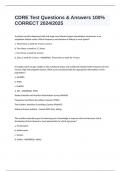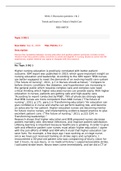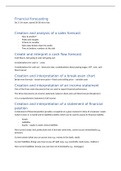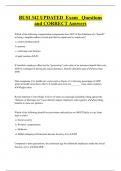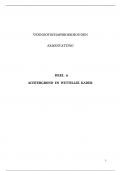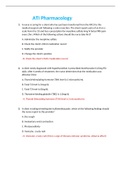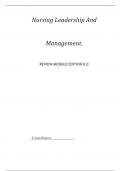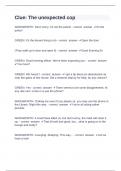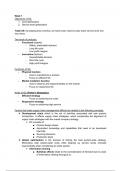Tentamen (uitwerkingen)
CDRE Test Questions & Answers 100% CORRECT 2024/2025
- Vak
- Instelling
CDRE Test Questions & Answers 100% CORRECT 2024/2025 A patient recently diagnosed with end-stage renal disease begins hemodialysis treatments at an outpatient dialysis center. Which frequency and duration of dialysis is most typical? a. Three times a week for 4 hours correct b. Two times a ...
[Meer zien]
